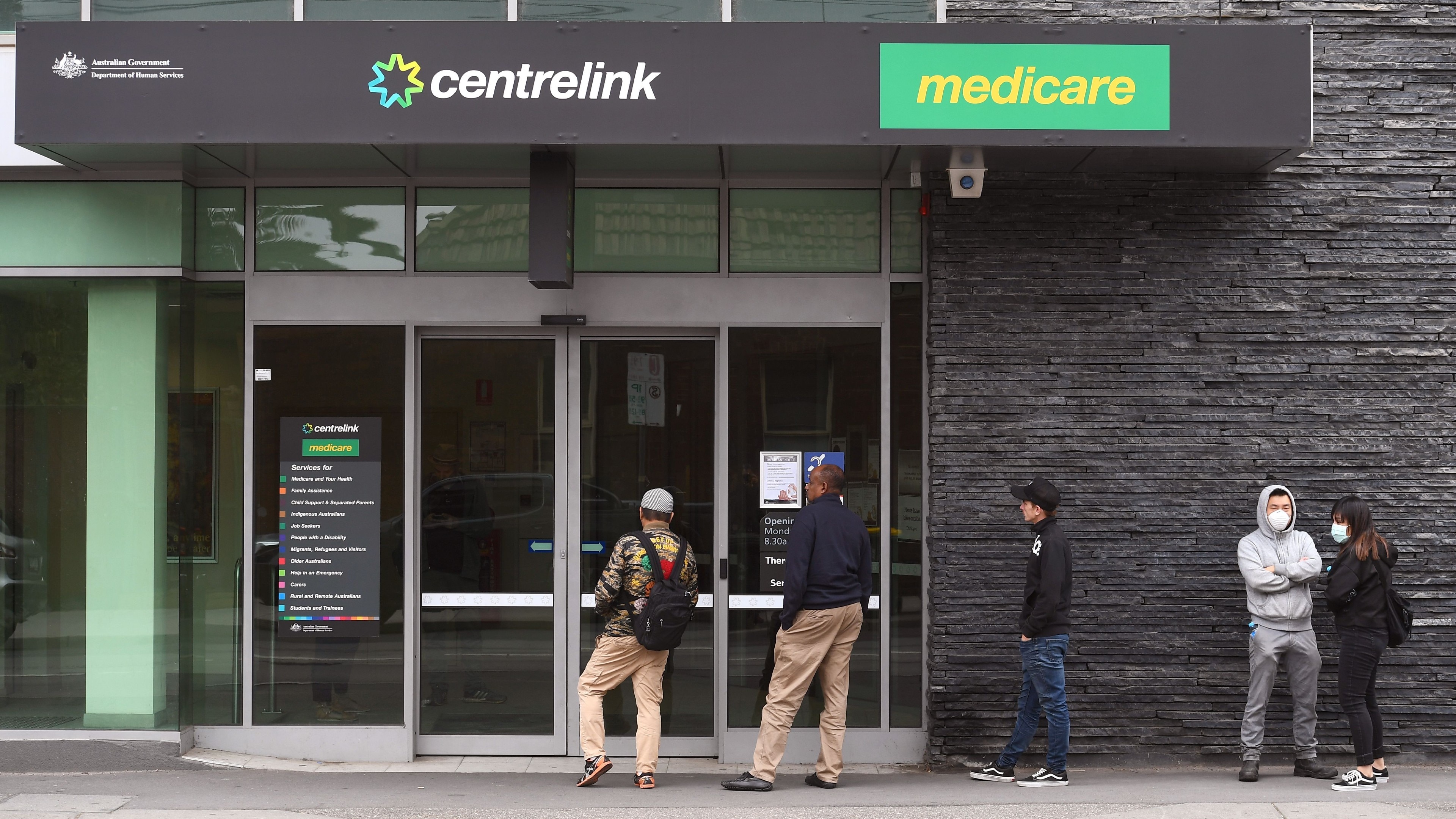With changes in the social security laws set to take effect from 1 January 2022, new permanent residents will have a four-year wait period before they can access most government payments.
Social Security payments in Australia
Social security benefits are available to Australian residents who are in financial need.
Australian citizens, permanent visa holders and some New Zealand citizens can access a range of payments through the Department of Social Services. Some temporary visa holders, including those on partner visas, can also access some social security benefits.
Key points
- New residents will wait four years before they can receive most government payments in Australia.
- New residents will wait four years for carer payment and Family Tax Benefit Part A and B, in line with other working-age payments.
- Only those receiving their relevant visas on or after 1 January 2022 will be affected by these changes.
However, there are waiting periods, known as the Newly Arrived Resident’s Waiting Period, for different government support payments.
“It is longstanding policy that new migrants should support themselves when they first settle permanently in Australia,” says a DSS spokesperson.
The new waiting periods will be applicable to those receiving their visas on or after 1 January 2022.
William West/Getty Images
Longer wait to access most payments
From 1 January 2022, new residents will need to wait four years from when their residency is granted. Time outside of Australia will not count towards the waiting period.
People arriving on humanitarian visas are exempt from the waiting period, says Dr Astrid Perry, Manager of Strategic Policy with Settlement Services International.
“If you arrive as a refugee, then you have normal access to income support as any other Australian that might be in a situation of unemployment or sickness, ageing or studying.”
If you come on any of the other visas, even as a permanent resident, you serve a four-year waiting period. It’s called the newly arrived resident’s waiting period.
The newly arrived resident’s waiting period is already four years for most working-age payments and concession cards, including JobSeeker and Parenting Payment.
The waiting period is currently two years for the Carer Payment, Dad and Partner Pay and Parental Leave. If the new social security legislation is passed, this will increase to four years.
For Carer Allowance and Family Tax Benefit Part A, the waiting period will increase from one to four years. The government also wants to introduce a new waiting period of four years for Family Tax Benefit Part B.
It’s important to inform Centrelink if your circumstances change. If you claim a payment that you weren’t eligible for, you may have to pay back the money.
Getty Images/Katleho Seisa
These changes will only affect those who receive their permanent and relevant temporary visas on or after 1 January 2022.
Organisations such as Settlement Services International and the Australian Council of Social Services have formally voiced their opposition to these new policy settings, as many new migrants will be denied vital income support. They recommend that the Bill not be passed.
Are there exceptions to the waiting period?
Aside from people entering on humanitarian visas, there are very few exemptions.
Dr Perry from Settlement Services International says if someone has had a substantial change in their circumstances, they may apply to be exempted from serving the waiting period.
“It would really only be if there was a disability or an accident, or a sponsor could no longer support you, or if there was domestic violence,” she says.
Support payments during COVID-19
If you are experiencing hardship, you should check with Centrelink regardless of your waiting period, says Akram El-Fahkri, a Certified Public Accountant who has worked with new residents.
He says a number of COVID-19 disaster payments are available to people who have lost work and income due to a public health order.
Temporary visa holders affected by COVID-19 restictions can apply for COVID-19 disaster payments.
Getty Images/LeoPatrizi
“Seeking information from Centrelink and Services Australia is a good starting point. And in this peculiar environment that we’re in, a lot of compassion is being shown,” he says.
COVID-19 disaster payments are also available for temporary visa holders.
Are you already receiving payments?
If you are receiving any government payments and your circumstances change, you must declare these changes to Centrelink as your eligibility may be impacted, says Mr El-Fahkri.
“An example would be if a person becomes partnered, or if their partner’s or their own personal income circumstances change,” he says.
Failing to declare an increase in income or changes to personal circumstances is a serious matter and can have serious consequences.
If you wrongly claimed a payment you weren’t eligible for, or your circumstances changed later, and you continued to receive government payments without updating Centrelink about the change, you may have to pay the money back.
“Sensibly, if any changes occur, there’s a requirement to pass that on within 28 days,” says Mr El-Fahkri.
The Services Australia website explains whether you qualify for government payments and how long you should expect to wait.






































